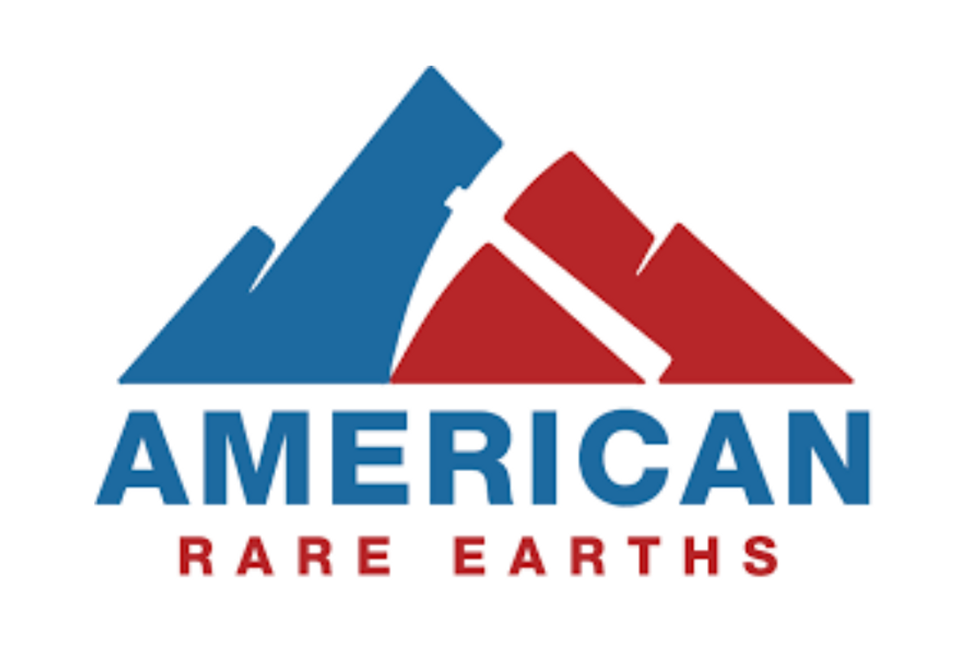New Frontier Minerals Ltd (LSE and ASX: NFM) is pleased to advise that it has received firm commitments to subscribe for A$2,250,000 (before costs) through a placement of 107,142,857 shares ("New Share") to professional and sophisticated investors at an issue price of $0.021 per share...
Keep Reading...


